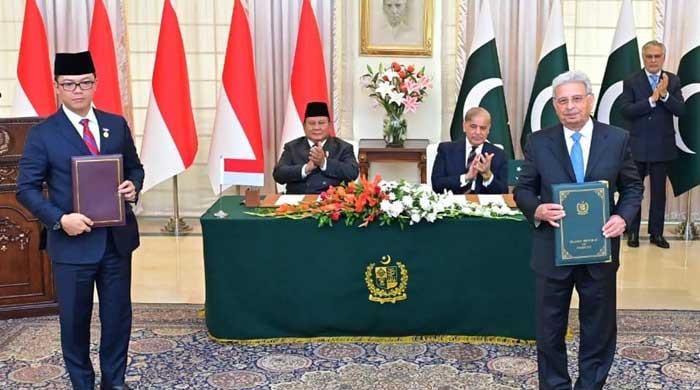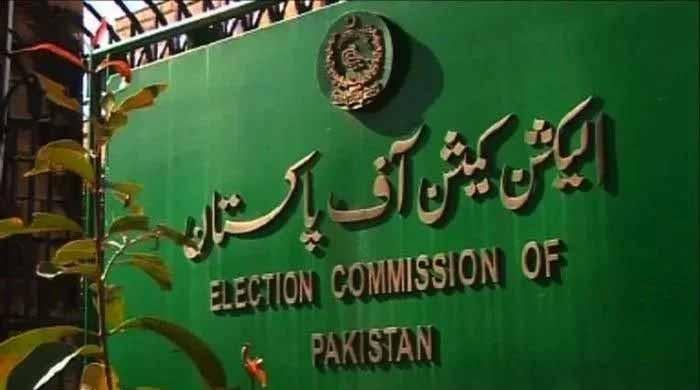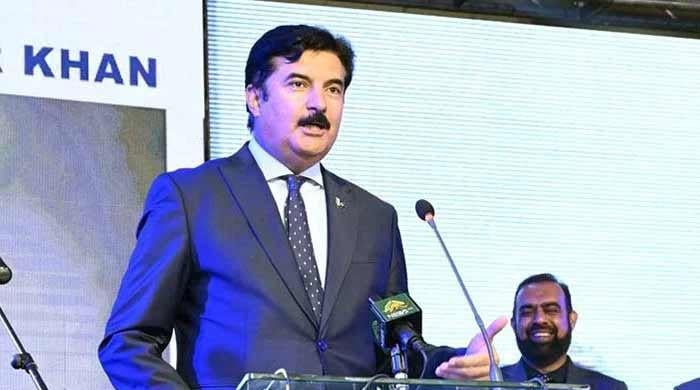Lahore ranks first among world's most polluted cities as smog deepens over South Asia
New Delhi struggles with alarming air pollution levels, ranking second among top polluted cities this morning
October 25, 2025
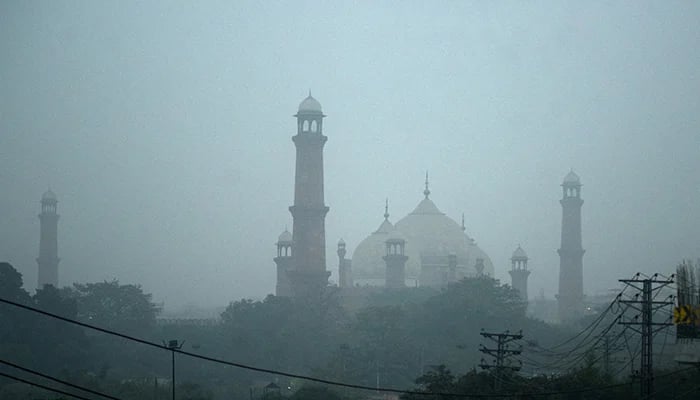
- Lahore ranks first globally with hazardous air quality levels.
- Delhi records very unhealthy air as smog thickens.
- Karachi faces unhealthy pollution affecting sensitive groups.
Punjab’s capital Lahore ranked first on the list of the world’s most polluted cities on Saturday morning, as dense smog continued to blanket the metropolis and its surroundings.
According to air quality monitoring platform IQAir, the city recorded a US AQI of 412 at 8:30am, categorised as hazardous, with PM2.5 concentrations at 281 µg/m, a staggering 56.2 times higher than the World Health Organisation’s (WHO) annual guideline value.
The toxic haze has left the city shrouded for days, reducing visibility and causing widespread health complaints, including throat irritation, breathing difficulties and itchy eyes. Public health experts have advised residents to limit outdoor activity and wear protective masks when necessary.
The severe air quality coincides with the onset of winter, when cooler temperatures, stagnant winds, and emissions from vehicles, factories and crop burning trap pollutants close to the ground across Punjab.
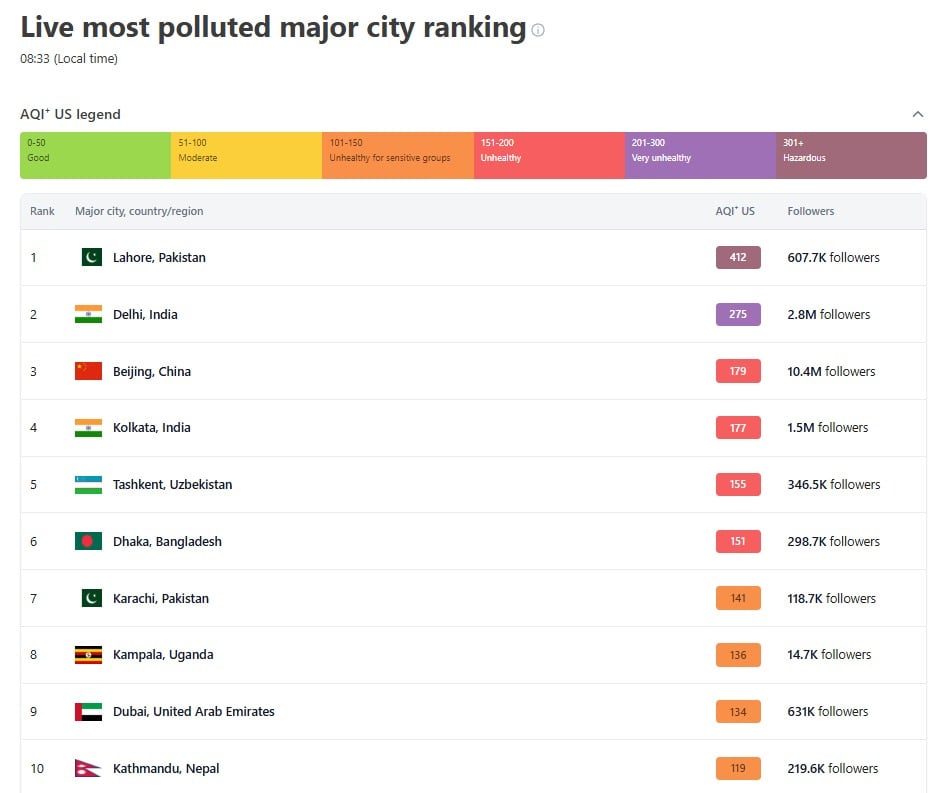
Across the border, New Delhi also struggled with alarming air pollution levels, ranking among the top polluted cities this morning with an AQI of 275, deemed very unhealthy.
The Indian capital’s PM2.5 concentration stood at 200 µg/m³, largely driven by vehicular emissions, industrial output, and post-harvest stubble burning in neighbouring states.
Meanwhile, Karachi recorded a US AQI of 141, classified as unhealthy for sensitive groups. The coastal city’s PM2.5 concentration reached 51.7 µg/m³, which is 10.3 times higher than the WHO’s guideline value.
Every winter, much of South Asia experiences a surge in pollution as cold air traps fine particles near the surface. Emissions from transport, factories, construction dust and crop residue burning all contribute to the dense smog that lingers for weeks.
Although local authorities in Lahore have taken measures such as water sprinkling and partial industrial shutdowns, experts say these efforts remain short-term and insufficient. Without consistent enforcement and regional coordination, the air quality crisis is expected to worsen as temperatures continue to drop.
Health experts warn that prolonged exposure to such high pollution levels can lead to severe health issues, including stroke, heart disease, lung cancer and chronic respiratory illnesses — a growing concern for millions across South Asia.
Meanwhile, Punjab’s first advanced Smog Monitoring and Control Centre, equipped with modern technology, is continuously collecting air quality data. Anti-smog guns are also being deployed at identified smog hotspots across Lahore in a bid to reduce particulate pollution.
As per Punjab Senior Minister Marriyum Aurangzeb, nine departments of the Punjab government were carrying out grand operations against smog as per the direction of the Punjab chief minister.
The minister said that that the environmental protection force and the department were fully mobilised and all sectoral squads were present in the field, and that brick-kilns were being monitored through drones, besides issuing a live report.
Anti-smog guns and air quality monitors were also present in the field, while for the first time in Punjab’s history, forecasting of the air quality index had enabled timely operations along with the government's approach to control pollution levels.







